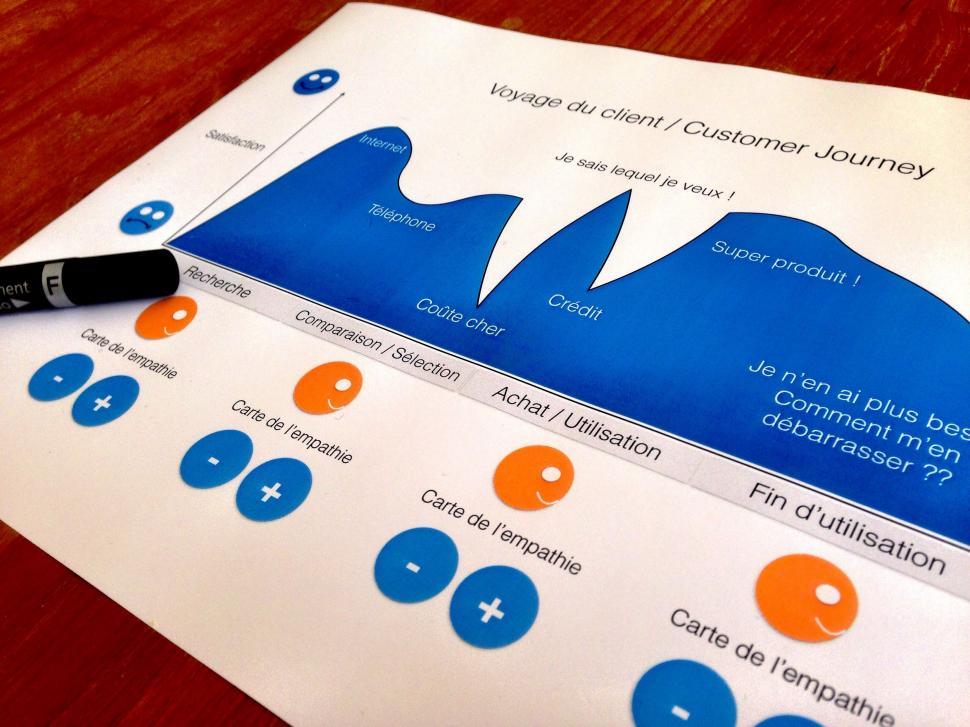The field of electronic hardware design is undergoing a transformative era, driven by advancements in technology, the growing demands of consumers, and the push for more efficient, sustainable solutions. This article explores the latest trends and techniques shaping the landscape of modern electronic hardware design.
1. Miniaturization and Integration
The drive towards smaller, more powerful devices has led to significant progress in miniaturization and integration. Modern electronic devices are expected to deliver high performance while maintaining a compact form factor. This has been made possible through advancements in semiconductor technology, particularly in the development of smaller transistors and more densely packed integrated circuits (ICs).
Techniques such as System-on-Chip (SoC) and System-in-Package (SiP) are becoming increasingly prevalent. SoCs integrate all components of a computer or other electronic systems into a single chip, while SiPs combine multiple ICs within a single package, allowing for more functionality in a smaller space. These innovations are critical for applications ranging from smartphones to IoT devices.
2. Power Efficiency and Battery Life
As devices become more powerful, the need for efficient power management is paramount. Modern electronic hardware design places a significant emphasis on power efficiency and extending battery life. This involves optimizing both hardware and software to reduce energy consumption without compromising performance.
One approach is the use of low-power design techniques, such as dynamic voltage and frequency scaling (DVFS), which adjusts the power and speed of a processor based on the workload. Additionally, advancements in battery technology, including the development of solid-state batteries and supercapacitors, are providing longer-lasting power sources for electronic devices.
3. Sustainability and Eco-Friendly Design
With growing awareness of environmental issues, sustainability has become a crucial consideration in electronic hardware design. Designers are increasingly focusing on creating eco-friendly devices that minimize environmental impact throughout their lifecycle, from production to disposal.
This trend includes the use of recyclable materials, designing for easy disassembly and recycling, and reducing the use of hazardous substances. Furthermore, energy-efficient designs help reduce the carbon footprint of electronic devices. Companies are also adopting circular economy principles, aiming to create closed-loop systems where products and materials are reused and recycled.
4. Advanced Manufacturing Techniques
Advanced manufacturing techniques by electronic companies are revolutionizing the production of electronic hardware. Additive manufacturing, or 3D printing, allows for the creation of complex, customized components that are not possible with traditional manufacturing methods. This technique not only reduces waste but also enables rapid prototyping and faster time-to-market.
Additionally, the use of machine learning and artificial intelligence (AI) in manufacturing processes is enhancing precision and efficiency. AI-driven analytics can predict and mitigate potential production issues, leading to higher quality products and reduced costs.
5. Flexible and Wearable Electronics
The development of flexible and wearable electronics by promwad is opening up new possibilities for consumer electronics, medical devices, and more. Flexible electronics are made using materials that can bend and stretch, allowing for the creation of devices that can conform to various shapes and surfaces.
Wearable technology, such as smartwatches and fitness trackers, is becoming increasingly popular. These devices require innovative hardware design to ensure they are lightweight, durable, and comfortable to wear while providing accurate data and seamless connectivity.
6. Security and Privacy
As electronic devices become more interconnected, security and privacy concerns are paramount. Modern hardware design must incorporate robust security features to protect against cyber threats and unauthorized access.
Techniques such as hardware-based encryption, secure boot processes, and the integration of trusted platform modules (TPMs) are essential for ensuring the integrity and confidentiality of data. Additionally, the rise of edge computing, where data is processed locally on the device rather than in the cloud, can enhance security by reducing the risk of data breaches.
7. Quantum Computing and Emerging Technologies
Looking to the future, quantum computing represents a significant leap in electronic hardware design. Quantum computers leverage the principles of quantum mechanics to perform calculations at unprecedented speeds, potentially revolutionizing fields such as cryptography, materials science, and artificial intelligence.
Other emerging technologies, such as neuromorphic computing, which mimics the human brain’s neural architecture, and photonic computing, which uses light instead of electrical signals, are also on the horizon. These innovations promise to push the boundaries of what is possible in electronic hardware design.
Conclusion
The landscape of electronic hardware design is rapidly evolving, driven by the need for more powerful, efficient, and sustainable devices. By embracing advanced techniques and staying abreast of emerging trends, designers can create innovative solutions that meet the demands of today’s consumers while paving the way for the technologies of tomorrow. Whether through miniaturization, power efficiency, sustainability, or the integration of cutting-edge technologies, the future of electronic hardware design holds immense promise.



